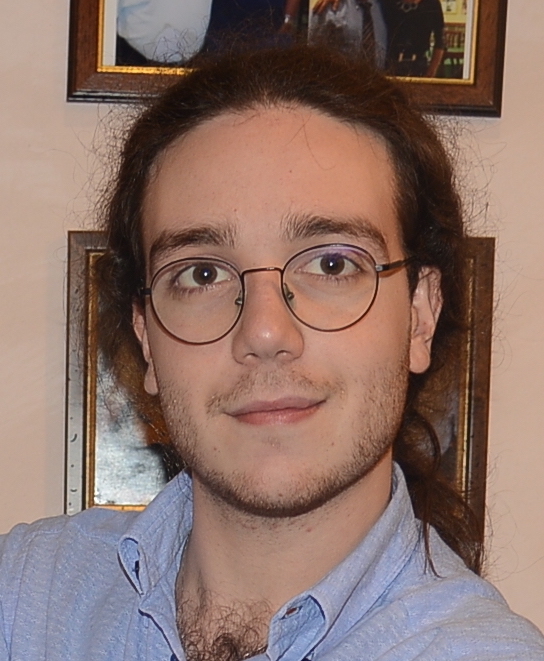Einstein Telescope science
Overview
Einstein Telescope (ET) is the proposed European third-generation ground-based gravitational wave detector. Thanks to an improvement by more than one order of magnitude in sensitivity as compared to current detectors and a broader frequency range, ET has the potential to trigger revolutions in Astrophysics, Fundamental Physics, and Cosmology (it is amazing, isn’t it?).
Thanks to the knowledge we acquired on the population of merging compact objects from LIGO/Virgo/KAGRA, it is now possible to produce sensible forecasts of the ET capabilities (obviously without forgetting about Cosmic Explorer (CE) on the other side of the Atlantic!), exploring in greater detail its vast science case and further strengthening it.
How do I contribute?
As a member of the ET Observational Science Board, I extensively worked on different aspects of ET’s science case. In particular, together with the Geneva group, I developed GWFAST [4], one of the few public Fisher-matrix codes capable of simulating how ET will reconstruct the parameters of the huge number of compact binary events it will detect (105 per year!). Inference requirements are indeed more stringent than detection ones and should carefully be analyzed (see e.g. [7]).
Last year I produced state-of-the-art forecasts for ET and CE’s observational capabilities for mergers of black holes and neutron stars [5]. I then made a significant contribution to the development of [8], in which different ET designs were considered (computational speed was a key requirement!).
Recently, I contributed to the development of a tool, built on top of GWFAST, to forecast the population constraints attainable on compact binary populations at ET and CE [17].
I have also worked on more dedicated aspects of the ET science case with leading experts in the fields (primordial black holes [9], neutron star equation of state [10], Pop. III stars [14]) and keep on working on new topics (recently stochastic backgrounds and GR testing at small scales) with new amazing collaborators!
